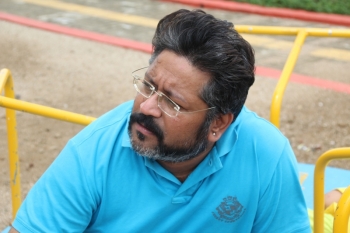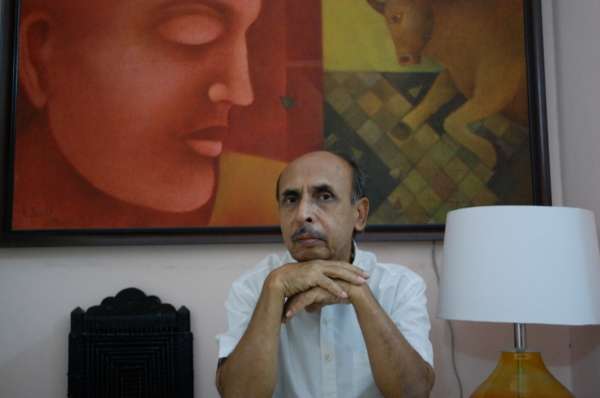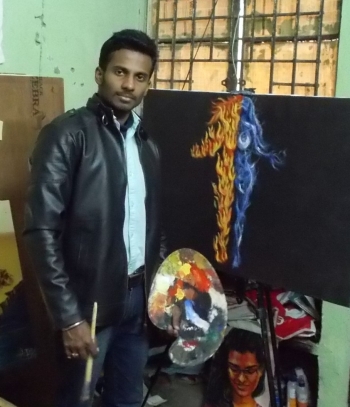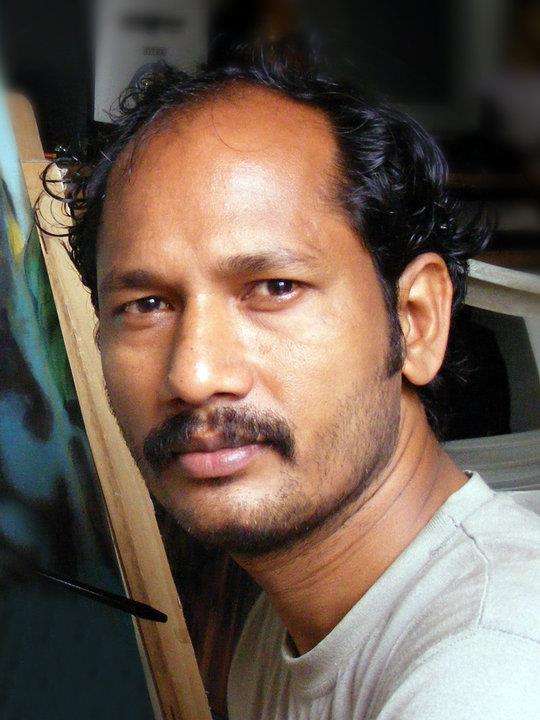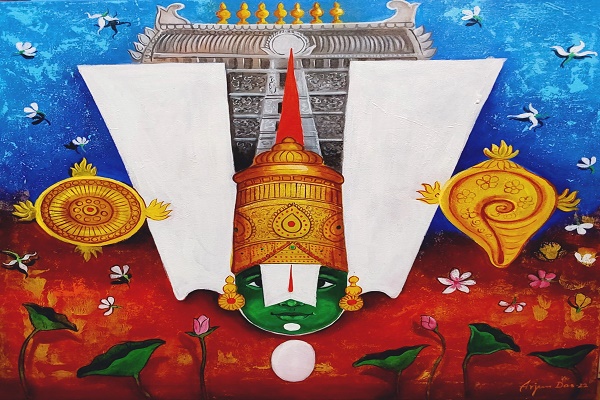
Indian modern art has progressed well beyond its traditional beginnings, with artists today experimenting with new materials, techniques, and topics. Buying Indian art business has grown in prominence as a result of social media and internet platforms, which have provided artists with a forum to present their work and reach a larger audience. As a result, the number of art collectors and investors interested in buying Indian contemporary art has increased.
The variety of topics and styles, the quality of the artwork, and the possibility for substantial returns on investment all appeal to art collectors interested in buying Indian art. Meanwhile, investment prospects in the business are expanding, with auctions and art galleries providing opportunities to invest in Indian contemporary art. As the sector expands, it provides exciting potential for both artists and art collectors. With a burgeoning contemporary art scene and a rich cultural legacy, India is positioned to become a key participant in the global art market, drawing in a diverse range of art collectors looking to buy Indian art.
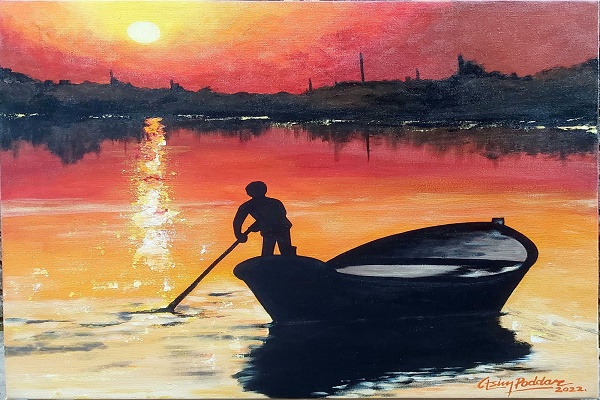
Trends in Indian Contemporary Art
Over the years, Indian contemporary art has grown substantially, with artists experimenting with diverse materials, techniques, and topics. The advent of social media and internet platforms has also provided a forum for artists to promote their work and reach a larger audience. The following are some prevalent trends in Indian contemporary art:
1. Conceptual Art
Contemporary Indian artists are increasingly interested in conceptual art, which emphasizes the idea or concept underlying the artwork rather than its aesthetic merit. This movement may be seen in the work of artists such as Subodh Gupta, known for his sculptures built from common materials, and Jitish Kallat, who employs a variety of mediums to address topics such as migration and identity.
2. Street Art
Street art has become an increasingly popular form of expression among Indian contemporary artists. It has given artists like Daku and Anpu Varkey a platform to showcase their work in public spaces and create thought-provoking pieces that challenge traditional notions of art.
3. Feminist Art:
In India, female artists are utilizing their work to question patriarchal conventions and give voice to their experiences. Artists like Nalini Malani and Nilima Sheikh are well-known for their feminist works that address issues such as gender, sexuality, and power relations.
4. Digital Art
The development of digital technology has opened up new avenues for modern artists from India, who are increasingly using digital tools to make their work. Digital art has given creators like Shilpa Gupta and Rashid Rana a platform to push the limits of conventional art forms and investigate new modes of expression, such as interactive installations and digital paintings.
5. Eco Art
With rising environmental and climate change concerns, several Indian contemporary artists are experimenting with eco-art, which focuses on environmental issues and sustainability. Artists such as Shambhavi Singh and Vibha Galhotra utilize natural and repurposed materials to produce art that addresses concerns like pollution and deforestation.
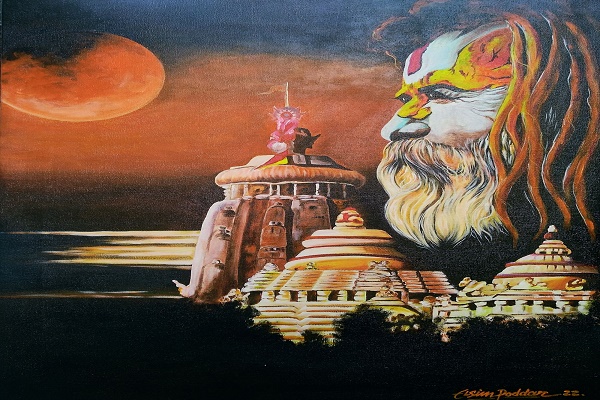
Read More: The Top 9 Contemporary Paintings And Art Styles
Collectors of Indian Contemporary Art
With the advent of Indian contemporary art, the number of collectors interested in the business has increased. Collectors are drawn to Indian contemporary art for a variety of reasons, including the variety of topics and genres, the excellent quality of the artwork, and the possibility of large returns on investment. Among the major Indian contemporary art collectors are:
1. Kiran Nadar
Kiran Nadar is a well-known Indian contemporary art collector noted for her enormous collection of works by Indian artists. She established the Kiran Nadar Museum of Art in Delhi, which exhibits modern art from India and throughout the world.
2. Anupam Poddar
Anupam Poddar founded the Devi Art Foundation, a non-profit that promotes contemporary art in India. He is well-known for his large collection of Indian modern art, which includes pieces by Subodh Gupta, Bharti Kher, and Dayanita Singh.
3. Rajshree Pathy
Rajshree Pathy is the originator of the Coimbatore Centre for Contemporary Art, an institution that exhibits contemporary art from India and around the world. Furthermore, she is a collector of Indian contemporary art and possesses an extensive collection of works produced by distinguished artists such as Nalini Malani and Jitish Kallat.
4. Lekha Poddar
Lekha Poddar is a philanthropist and collector from Mumbai noted for her collection of Indian modern art, which includes works by artists such as Tyeb Mehta, SH Raza, and MF Husain. She is also the creator of the Museum of Art & Photography (MAP) in Bangalore, which exhibits Indian and international art, photography, and design.
These collectors, together with others, have made major contributions to the promotion and support of Indian contemporary art. Their collections have served to preserve India's creative legacy and have contributed to the industry's progress. Furthermore, their support for budding artists has aided in the development and promotion of fresh talent in the Indian art scene.
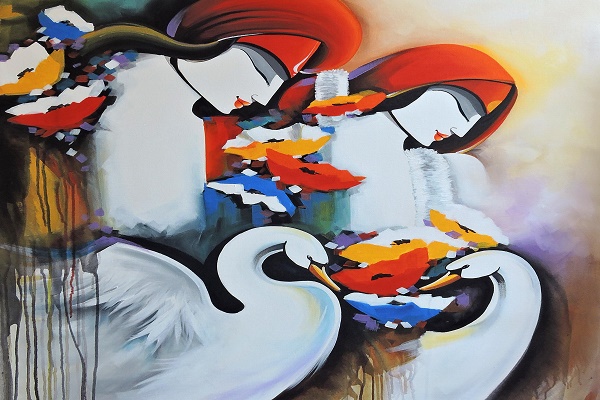
Also Check: 5 Reasons Why Contemporary Art Paintings Are Important
Investment Opportunities in Indian Contemporary Art
The booming Indian contemporary art scene offers lucrative investment opportunities for art collectors and investors. Auctions have emerged as a popular platform to invest in Indian contemporary art, with renowned auction houses like Sotheby's and Christie's regularly organizing Indian art auctions. The value of the artwork at auctions is determined by factors such as the artist's reputation, the rarity of the artwork, and its condition.
Art galleries also offer potential investment prospects for art collectors and for people who want to buy Indian art. It also showcases works by emerging and established artists. Although investing in emerging artists may carry some risks, the potential returns on investment can be substantial. With the increasing global recognition and appreciation of Indian contemporary art, it is a promising sector for investment and growth.












